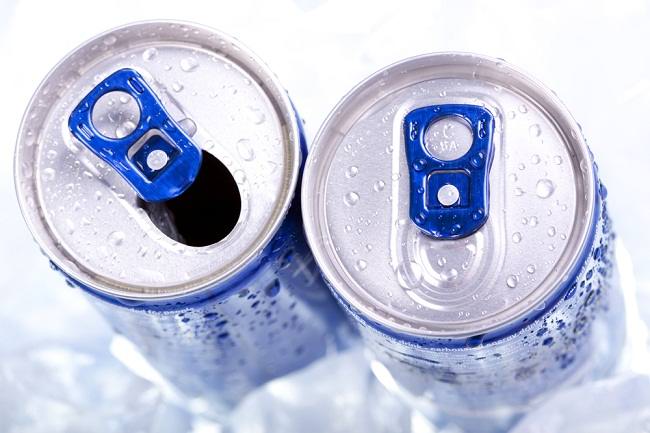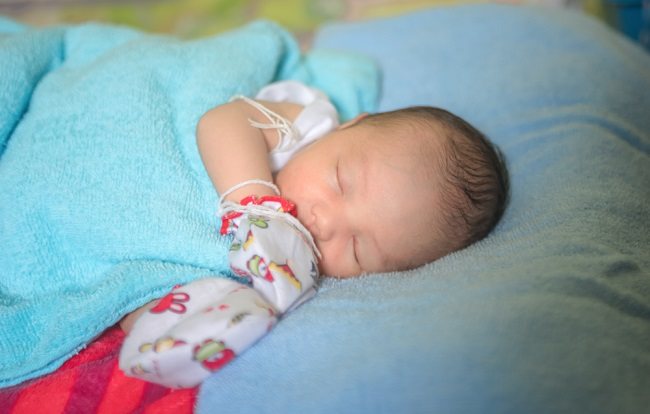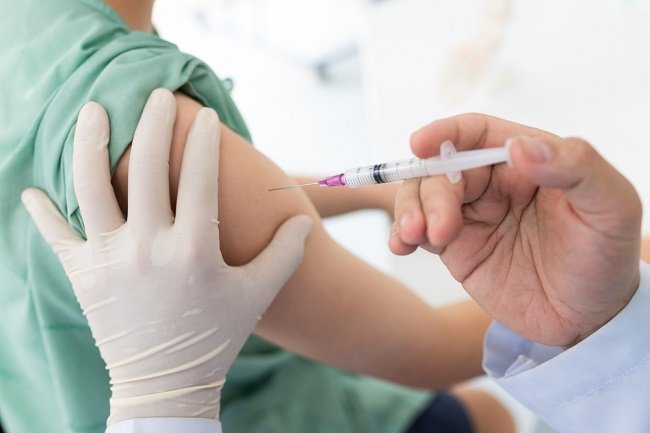The difference between contrast and non-contrast CT scans is most easily recognized from the preparations made before undergoing the CT scan procedure. In addition, the difference between the two lies in the risk of side effects after a CT scan.
Medical examination through a CT scan can be done using a contrast agent (special dye) or not using a contrast agent. The use of a contrast agent is often necessary to enhance the image quality of areas that appear dim, such as certain blood vessels, structures, or soft tissues.

Difference between Contrast and Non-Contrast CT Scan
Here are some differences between contrast and non-contrast CT scans that you need to know:
Preparation before undergoing the CT scan procedure
Prior to undergoing a CT scan with a contrast agent, the patient will usually be asked to sign a consent form regarding the risk of side effects associated with the contrast agent. On the other hand, for a non-contrast CT scan, the patient can go straight to the procedure.
The process of examining a non-contrast CT scan will usually take about 15–30 minutes. Meanwhile, if a contrast agent is used, a CT scan will be started about 1 hour earlier, so that the contrast agent can flow completely through the bloodstream.
In addition, in the CT scan procedure with contrast agent, the patient is not allowed to eat or drink 6–8 hours before the examination, according to the doctor's advice. Patients are also only allowed to do a CT scan of contrast agent at least once every 2 days and are advised to bring pads to prevent leakage after the contrast agent solution is removed.
Some of the common preparations made before undergoing a CT scan include:
- Wear comfortable and loose clothes
- Removing metal objects that are attached to the body, such as jewelry, glasses, dentures, hair clips, watches, belts, and bras equipped with wires, so as not to interfere with CT scan images
- Informing the doctor about all the drugs you are taking and the allergies you have, so that the doctor can prescribe drugs to reduce the risk of allergies
- Informing the doctor about the symptoms or history of the disease experienced, especially heart disease, asthma, diabetes, or kidney disease
- Tell the doctor if you are pregnant or there is a possibility of becoming pregnant
Allergic reactions that can occur
Contrast is generally given to the patient by mouth (oral contrast) or injected into a vein in the patient's arm (intravenous contrast). Most of the contrast agents used in CT scan procedures are iodine-based.
The use of contrast agents in CT scan procedures can pose a risk of allergies in some people, especially for people with kidney disease, diabetes, asthma, heart disease, and thyroid disorders. Symptoms that often appear include:
- Warmth and redness in the body or around the stomach for about 20 seconds
- A warm sensation around the bladder that may make the patient feel like he is urinating
- Metallic taste in mouth
- Pain and swelling in the arm
- Nausea, vomiting, stomach cramps, and constipation
Although most allergic reactions are mild and temporary, patients should still tell their doctor first if they have ever had an allergic reaction to contrast agents.
That way, the doctor will take preventive measures, such as giving steroids and antihistamines before undergoing the procedure. Because, in some cases, contrast agents are also at risk of causing a severe allergic reaction (anaphylaxis) and even kidney failure.
Meanwhile, non-contrast CT scans are relatively safe to do and rarely cause allergic reactions. However, in pediatric patients and pregnant women, high radiation exposure on CT scan procedures has the potential to endanger health.
For pediatric patients, doctors usually will perform a CT scan procedure only if absolutely necessary and in a low dose of radiation. As for pregnant women, doctors will usually suggest types of medical examinations that do not use radiation, such as MRI or ultrasound.
After the CT scan procedure
In non-contrast CT scans, after the scanning process is complete, the patient can usually return home and carry out normal activities. However, if using the contrast agent method, the patient needs to wait about 15–30 minutes for the contrast agent to be removed from the body.
Patients undergoing CT scans with contrast agents are also advised to drink more water for 24 hours after the scan.
If you still have questions about the difference between contrast and non-contrast CT scans, you can consult your doctor, as well as ask what preparations you need to do before undergoing this examination.









